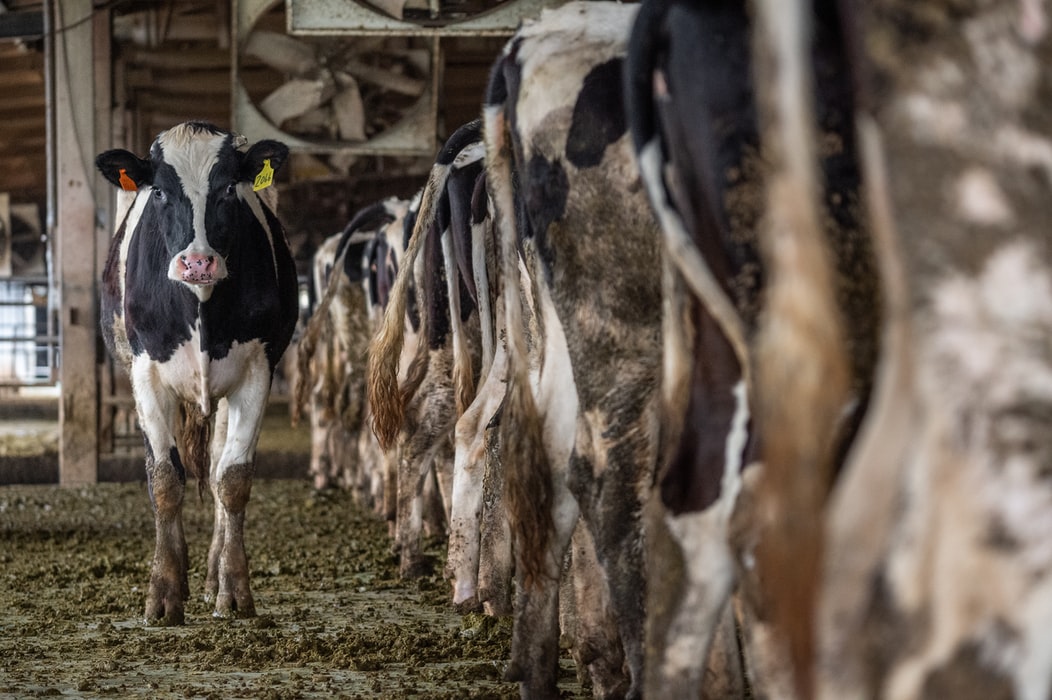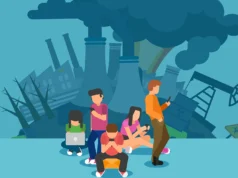Factory farming is one thing that steadily continues to destroy our ecosystems. And the sad thing is that it works its hardest to keep all the harmful side effects a mystery. Factory farming has been the reason behind the degrading of our lands, animal abuse as well as the incorrect use of natural resources. All these bad characteristics aim at providing human beings with cheap, unhealthy food, and in large quantities. The factory farming practices have become widespread throughout the globe and as a result, considered as the contributor of one-third of all greenhouse gas emissions. The farming also relies entirely on fossil fuels for transportation, alongside pesticides and synthetic fertilizers that work to destroy our environments.
Maybe you are wondering “how does factory farming affect the environment?” If you cannot assume how then you have come to the right page. In this article, we discuss different ways through which industrial agriculture pollutes the surroundings. We also look at different things that we can consider doing to minimize these side effects. Take time reading the whole article for the chance to grasp a better understanding.
Before we can answer the question, “how does factory farming harm the environment?” we need to understand what we mean by the term factory farming. If you ever had a chance to view some of the food documentaries on Netflix such as Fed Up, among others, you have a clue of what we intend to discuss. When we talk about factory farming, we refer to a situation in which big corporate farms consider to stock many animals in one field. The animals after that get slaughtered for human consumption, a trend that is on the rise throughout the globe.
Take an example; in the US approximately nine billion animals are killed for this purpose every year. These animals grow in small cages from which it’s challenging to dispose of the manure in safe practice. The amount of waste from these areas is said to amount to three times as much as what human waste can amount to in a year. When this waste gets improper disposal, it results in environmental pollution. We have gas chemicals released into the atmosphere, underground waters, and into the soil. The use of pesticides and synthetic fertilizers also do contribute to environmental pollution. But how does it help to harm the environment?
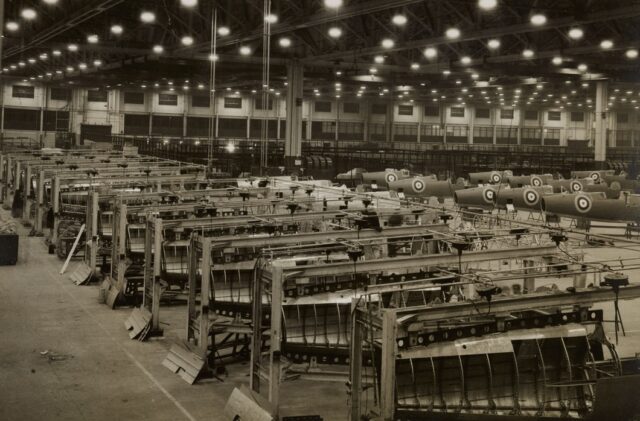
1. Air Pollution
Statistics indicate that more than 37% of methane gas emissions are the result of factory farming. And did you know that methane gas has 20% additional potential to contribute to global warming in comparison to carbon dioxide? However, it does not mean that CO2 stands a lower rating among contributors to global warming. The fossil fuels used in transportation also play a big part in the emission of carbon dioxide gas. From research statistics, fossil fuels and inorganic fertilizers and pesticides emit approximately 90 million tons of the CO2 gas into the atmosphere. The statistics data is collected every year, and considering it; you can see how much of the gas we will accumulate into the atmosphere within a decade.
Factory farming also releases other harmful chemicals into the atmosphere such as hydrogen sulfide and to some extent, ammonia. Such gases will result in immediate human health side effects. And with increased global warming effects, we continuously progress in growing the mono crops in large numbers. And since they do thrive well in the current climatic conditions, it turns out difficult for us to think about what happens in advanced climatic change. From the experts’ point of view, we might face famine challenges in the recent future in most parts of the world if essential steps are not strategized.
2. Increased Water Pollution
Another significant problem that comes along with factory farming is increased rates of water pollution. From the statistics, industrial agriculture consumes more than 70% of the fresh and clean water supplies. In the US alone, more than 75% of the pure and freshwater streams and rivers get consumed by factory farming practices. From health officials, water pollution as a result of industrial agriculture comes as toxic and can be lethal for human and animal consumption. In industrial livestock, fields are what we call “concentrated animal feeding operations” In these farms, they stock animal waste on cesspools in massive amounts.
From this waste, repository leak liquid and gas chemicals into the water streams and underground waters. Such compounds include nitrates and microbes which are very toxic when consumed by humans. When in water streams, these substances result in the growth of algae. Such areas develop into dead zones which lead to the massive death of fish and water creatures in rivers and seas. And do you know that the presence of nitrates in the water you drink can result in a miscarriage in pregnant mothers? Yes, or what we can call spontaneous abortion. To other parts of the populations, the waters can be a good source of bacterial infections outbreak. Such outbreaks are evident across the US with statistics showing some bacteria-related diseases that result from industrial agriculture water pollution in the rivers and streams.
Water is life, and without clean water for our consumption as well as animal use, we’re in great danger. And this seems to a problem that is just about to hit the whole planet at large.
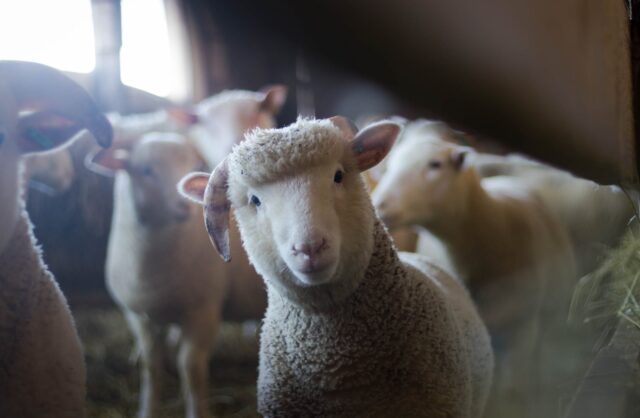
3. Increased Deforestation
Around the world, people are felling forests to extend their fields to plant more crops. Most of these farms deal with animal feeds alone. Such is a problem that the whole world is trying to fight today when it’s too late. In the US alone, more than 260 million acres have been cleared for animal feed plantations. The same case gets experienced in Brazil where the cleared land gets used for planting chicken feeds. In the Amazon rainforest, hundred million acres gets cleared to allow more room for soybeans plantations. As a result, we reduce CO2 consumption from the atmosphere of plants by 50%. And this has been a great contributor to global warming. And what do you think results from deforestation? Bare land means increased soil erosion. And this leads to reduced fertility of our farms. When we minimize land fertility, we face chances of reduced yields over the years. And such situations would result in famine in the days to come. And with soil erosion also comes increased silt toward the seas, dams, and lakes. Such reduces water levels in the lakes and dams, and therefore, in times of drought, it’s possible that these sources of water will run dry.
With increased silt into the water, bodies depreciate upon conventional water transportation. Sea transportation is ideal for goods and services and therefore when it turns out unstable, it can result in a lot of loss. Also, silt into the river and dams can result in floods during the rainy seasons which are very destructive. Flood cases as a result of silt accumulation in dams and rivers are a common issue and an example of advanced effects that industrial agriculture can cause to humankind and animals.
4. Conflict with Wildlife
When we perform deforestation, we destroy the habitats of wild animals and birds. As a result, we leave the animals surviving in small portions of lands. And therefore, in the time of scarcity, these animals are more likely to cause conflicts with humans in their search for food. Such issues are evident in most of the African countries where the wild animals destroy crops in the fields during dry seasons. Such instances do also result in the death of many of these animals and human lives as well. These issues would be rare if humans nevermore interfered with the parts of the lands that are habitats for wild creatures. When we destroy forests, we also destroy our tourist attraction sites. Such will result in loss of income for the nations. It means loss of natural grace which is a strong aspect of every tourist attraction site.
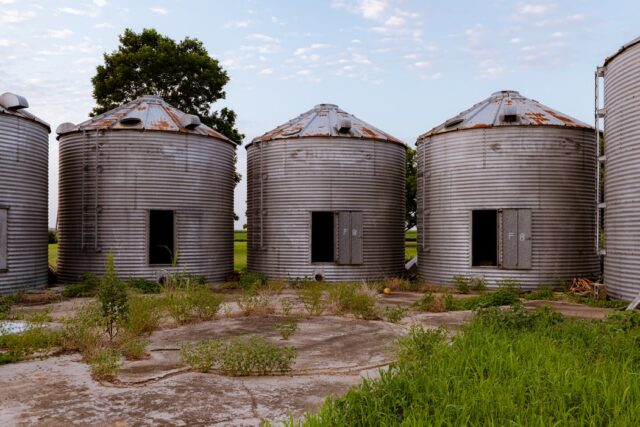
5. Fossil Fuels
Factory farming heavily depends on fossil fuels to raise livestock and also grow their feeds. Synthetic pesticides and fertilizers extracted from petroleum are what we use in producing the forages. It means that when you feed your animals on these feeds you directly give them petrol commodities. To achieve the whole process, that is, growing, transportation, synthetic pesticides, and fertilizers, at least 5.5 gallons of fossil fuels gets used for a single acre. You can now take a calculation on the amount of this fuel that gets used in millions of acres available across the globe.
We saw that with increased fossil fuel use in the world come increases in CO2 outflow into the atmosphere. And this results in more global warming effects, which puts our lives at risk.
6. The Danger of Monocultures
When it comes to monocultures, you might wonder, how does monoculture factory farming harm the environment? The danger is that it poses a threat to the future of our food security. In industrial agriculture, most of the crops we have in the fields include corn, rice, wheat or the soybeans. These crops are just a small percentage of what we feed on as humans and animals. Such plants will only grow well under the current climatic conditions. And with all the methane and CO2 emissions in the atmosphere, we expect increases in global warming and climate changes. The problem is, when we have climate changes, we shall probably face food shortages as these crops will no longer give decent yields.
The danger with monoculture farming is the fact that it depends more on the use of synthetic fertilizers. The aim is to replace the number of nutrients that continuously get drained from the soil every year. It also means that they make more use of the pesticides to control pest and insects from the farm. And we already see what such chemicals results in our environment. And this is the adverse effect that associates with monoculture farming. Consider if farmers had to practice crop rotation. There could be controlled levels of all nutrients in the soil. It would also help in controlling different pest and insects in the fields.
There are a lot of challenges that associates with increased industrial agriculture practices. And if such problems don’t get thoroughly numbered out, they can result in influential troubles in the future. The whole world governance, therefore, needs to come up with strategies to reprimand everything.
What then can we consider doing to change the situation?
There is a need for individuals to participate in the revolution of making farming more sustainable. These needs vary from your way of shopping and eating with the aim of changing your style of eating for the best. Therefore, if you want to be part of the movement, the following are some of the tips that you can consider doing.
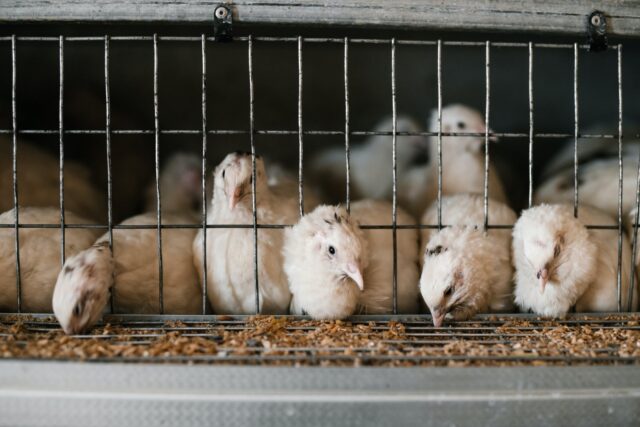
1. Choose Farm Products
The best option that you can find for this case is to consider farm products rather than those from the factories. You should always look at the labels and select items that read such terms as, free-range, outdoor-raised and the pasture-raised. On the other hand, you should avoid purchasing meat and dairy products that lead such terms as farm-fresh, natural, corn-fed, and country fresh. By sticking to farm-based products, you reduce the market of the factory products. When the market gets diminished, they’ll cut their production, and as a result, this will minimize environmental degradation.
If you can’t find the farm products, it’s good that you stick with the local products. With such products, you can tell what occurs at the factory. Consider factories that are environmentally cautious and select them. Such will be the best way to control factory farming that is destructive to our environment. All it needs is for you to pay more attention to what you select from the stores. Always consider making perfect decisions.
2. Avoid Eating Meat
In developed countries, subjects get adapted to eating a lot of meat. Such is harmful to your metabolism and also results in increased levels of factory farming. But with reduced meat consumption, there will be a reduced flow of meat from the stores, and therefore factories will cut on the amount they take to produce. As a result, it means there will come a reduced rate of environmental degradation, as well shall have reduced use of synthesized fertilizers, pesticides, insecticides, and fossil fuels. On your side, you’ll experience an improved health situation with reduced meat consumption.
3. Support Small Scale Farms
Small scale farms will use fertilizers not extracted from petroleum products. Most of their growth is organic and therefore healthy to the environment. Such farms are environmentally wary and will always deliver to the protection of our habitats.
4. Consider Growing Vegetables
You can still decide to turn into a vegetarian. It means that you’ll drop on meat-related foodstuff and stick with the vegetables. You can consider growing your own so that you can access fresh and organically grown crops. In this way, you can be sure that you’re consuming something pure.
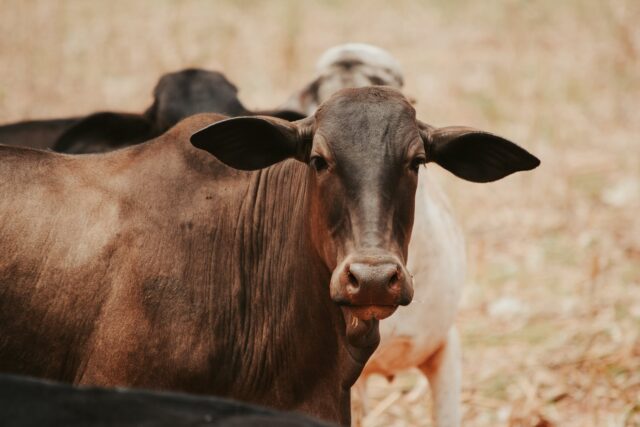
Summary
Factory farming is indeed a mystery that needs to get solved across the planet. And as seen there is incredible proof that industrial agriculture is specifically harmful to the environment. As discussed earlier, the practice will result in increased air and water pollution. Think of a world where both air and water gets polluted. It means that both are harmful to animal and human consumption. And as said in the discussion above, it’s possible to experience advanced effects even to unborn children.
We also saw that increased rates of industrial agriculture across the globe would result in increased CO2 and methane gas emission into the atmosphere. Such gases are harmful to the Ozone layer, and they result in expanded experiences of global warming. We see that, factory farming results to deforestation which in return results to soil erosion. With it comes reduced soil fertility and an increase of silt in the rivers, lakes, dams and the seas. When sediment accumulates in bodies of water, it reduces their ability to carry more water, and as a result, water shortages are now a significant challenge during the drought seasons.
After realizing how factory farming does harm the environment, it’s time that we consider steps that can help us reduce these effects. Preferably, most of these steps will involve boycotting to factory dairy and meat products. You can consider making purchases from pasture related farms and local products. Also, you can start supporting small scale farmers as they rarely use petroleum-related products in the growing of their feeds. You can consider changing your diet to becoming a vegan. The primary purpose of all these steps is to reduce the market for factory meat and dairy products. With reduced demand comes to a reduction in production and as a result, there is a cut case of environmental degradation, and this is what we seek.
We can come into an agreement that factory farming is harmful to our environment in a variety of ways. If the issue is not adequately taken care of, there are chances that we shall face the impending dangers soon. Apart from the governments’ effort to reduce the side effects resulting from these practices, there is something that you can do as an individual to help tackle the challenge. It’s, therefore, your call to pay much attention to what we can do and not what the government can do. Let us make the earth a good place for our future generation. If you were asking about “how does factory farming affect the environment?” I hope that you’ll find this article helpful.

